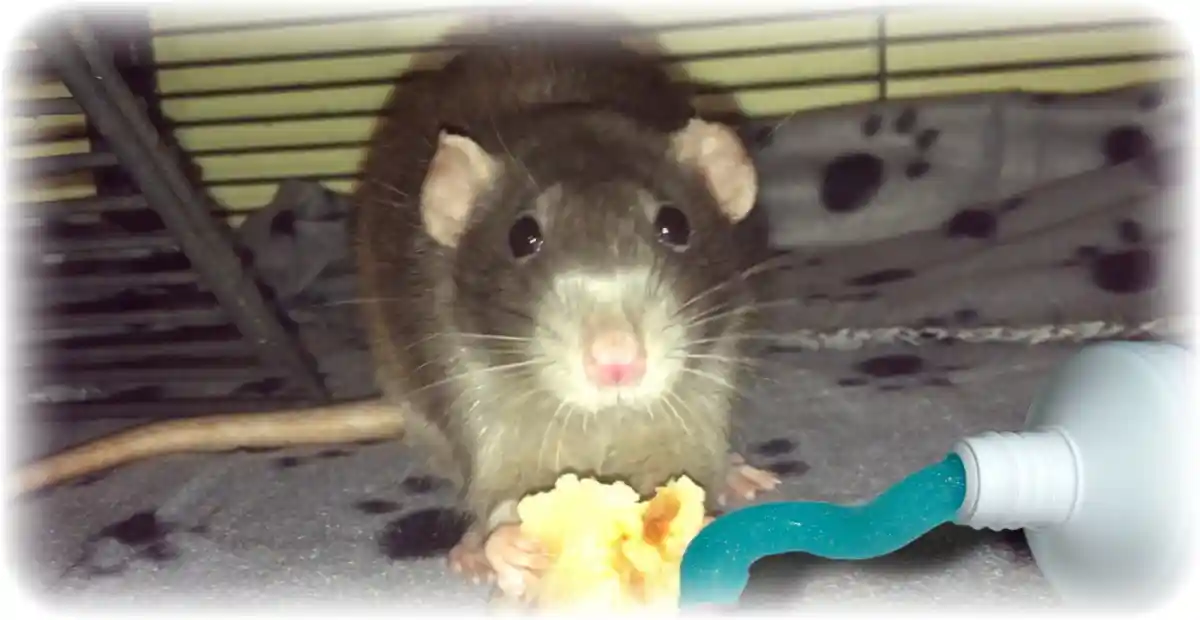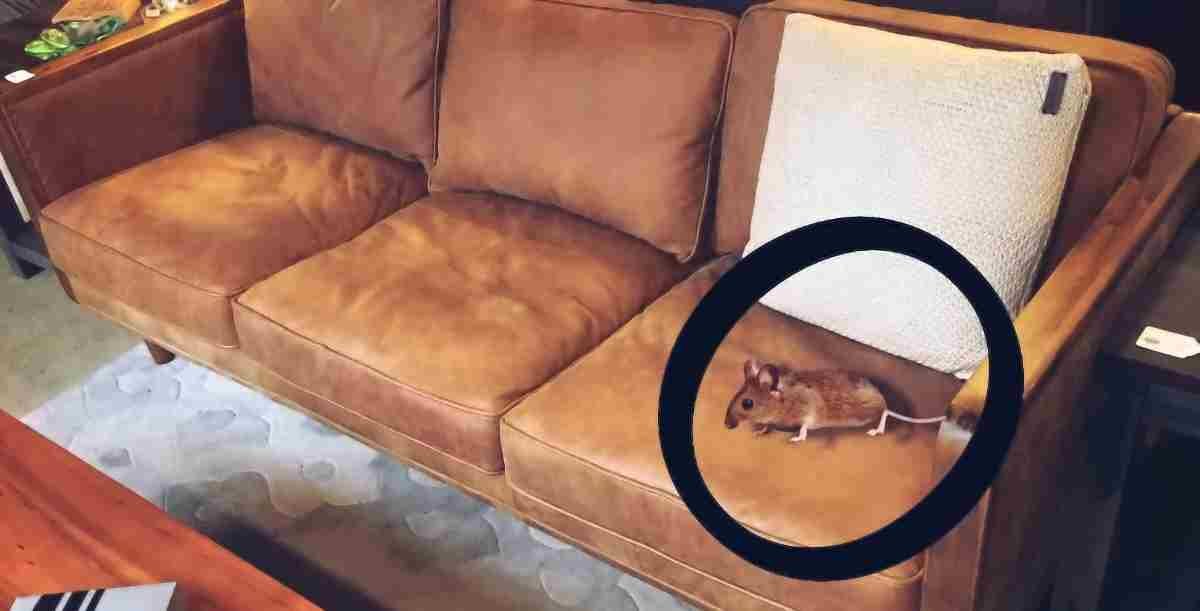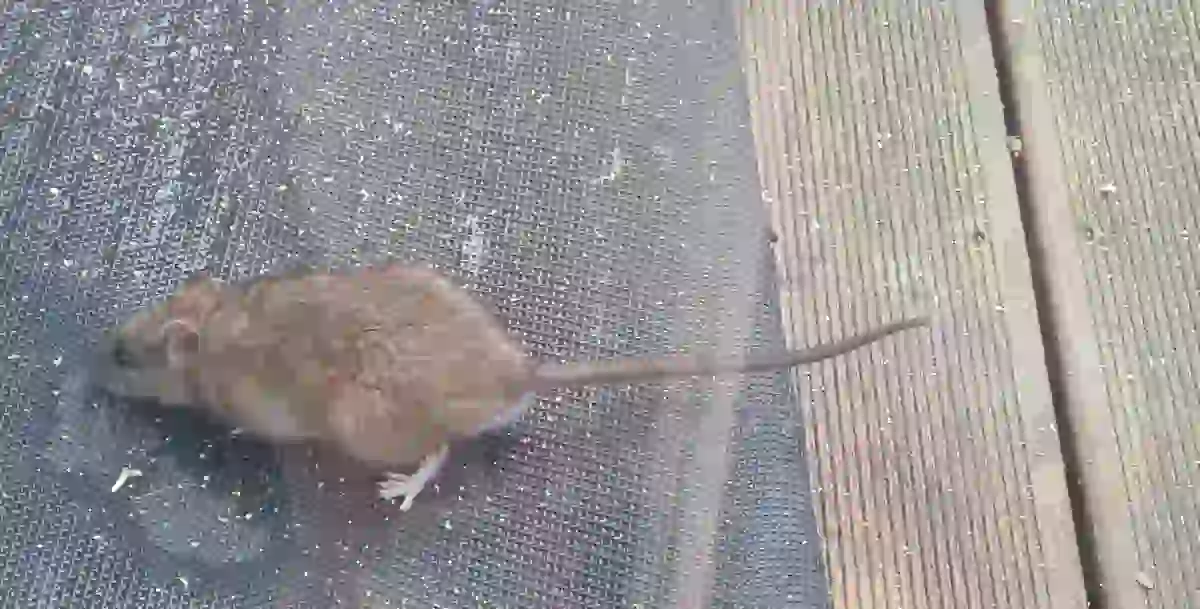The scratching noises in your ceiling between floors could be mice to blame, and usually they are. It’s quite unsettling to hear these scratching sounds, especially at night. Right, I’ll help you fix this problem. I have designed this simple guide to help you deal with the problem of mice in ceiling between floors. Even if you could identify the nocturnal creature disturbing your sleep, there’s not much to be done in the middle of the night.
Usually, the recommended action is to arrange a home evaluation with your local skilled pest control company. But while waiting, this guide will help you deal with the critter disturbing the peace in the ceiling between floors.
Mice in Ceiling Between Floors: What to Do
1. Locate the exact source of the scratching sound

We know the mice are in your ceiling between floors but you need to pinpoint the spot. It might even be nesting there you know. So, first, you want to figure out if it’s an animal or a part of your house that’s loose. If the sound happens regularly and predictably, it’s likely not an animal. Check for loose siding or gutters that might be moving in the wind.
Sounds that appear and disappear without a pattern are more likely to be from mice or other nocturnal animals. After ruling out loose pipes or structural issues as the cause of the noise, it’s time to reach out to take action.
2. Set up mousetraps

Getting rid of the animal causing the scratching isn’t as simple as opening a door or window. Here’s what you need to do to remove furry, four-legged intruders from your home. Rodent traps are a common method for eliminating mice and rats from homes, but some traps work better than others. Professional rodent-control services will figure out the best strategy for your specific case, which might include using live traps or non-lethal baiting methods to locate the nest.
3. Use rodenticide

Rodenticides, often used in bait traps, come in pellet or putty forms. However, these traps can be dangerous for pets, small children, and even non-target wildlife. All pesticides are regulated by the Environmental Protection Agency (EPA) and state agencies.
4. Block mice from returning

Once the animals are removed, you need to take preventive measures seriously. For example, keep an eye out for signs that they might be coming back. You should also thoroughly inspect your home to find and block any spots where these animals could enter.
The best method is always to prevent mice from getting into your home in the first place or a practice known as exclusion. This means sealing any cracks, vents, or holes.
5. Hire a cat

If you are a cat person, you get a kitty or 2. Some of them will spend hours inspecting any little holes in the house waiting for mice to crawl out. They can be very successful if you get the right cat. However, if you do get cats, you have to remove all the mice poisons.
6. Invite a pest control service

If you feel that you have not done enough on your own to get rid of mice in ceiling between floors, contact your local pest removal services. Such services often include all the necessary follow-up care. You will also get a detailed inspection and evaluation of your home to identify possible future infestation risks, such as:
- Signs like droppings, smells, or noises that suggest pests are present.
- Areas with water leaks or buildup.
- Problems with your HVAC system or insulation.
- Damage to both inside and outside walls.
- Areas with water leaks or buildup.
Sometimes It’s Not Mice
Many other animals may try to settle inside your ceiling between floors. They might be seeking relief from the summer heat, for example in Florida, hiding from predators, or looking for a safe place to raise their babies. The endless quest for food also draws them indoors into the ceiling.
Daytime scratching sounds from your ceiling between floors are usually caused by rodents. You might hear these scampering sounds in walls, crawl spaces, and ceilings.
Although mice are the usual suspects, other potential daytime intruders include birds, which produce flapping and chirping noises, and snakes, which might be heard slithering in your ceilings or walls.
However, most animals that enter homes are active at night. Raccoons, which are usually active at night, might sometimes be heard during the day. If you hear heavy walking, thumping, adult squeals, and baby raccoon chatter, these are strong indicators of raccoons in your house. Rats and mice are often heard moving around overhead or inside walls at night, particularly just after sunset. You’ll likely hear them running and scampering, rather than scratching or squealing.
Bats, when they reside in your attic, are often silent, but you might hear them chirping around sunset. Possums, or Opossums, are generally quiet, but you can hear these large, slow marsupials moving in your attic. Flying squirrels, unlike their ground-based relatives, are most active at night. If they are nesting in attics, they might sound like rats, but you’ll rarely hear them in walls, unlike rats and mice.
Conclusion
If you are sure you have mice in ceiling between floors, then we have discussed the methods you can use on your own to expel them. But if you are not sure what rodent or animal you have in there, consider a visual inspection. You can have a pest-control expert find clues to determine the source of the noise even if the animals aren’t visible. Of course, they’d also remove the rodents and caulk up the spots where they are getting in to discourage them from reentering.
Read also: Find OUT how Many Mice Live in One Nest





